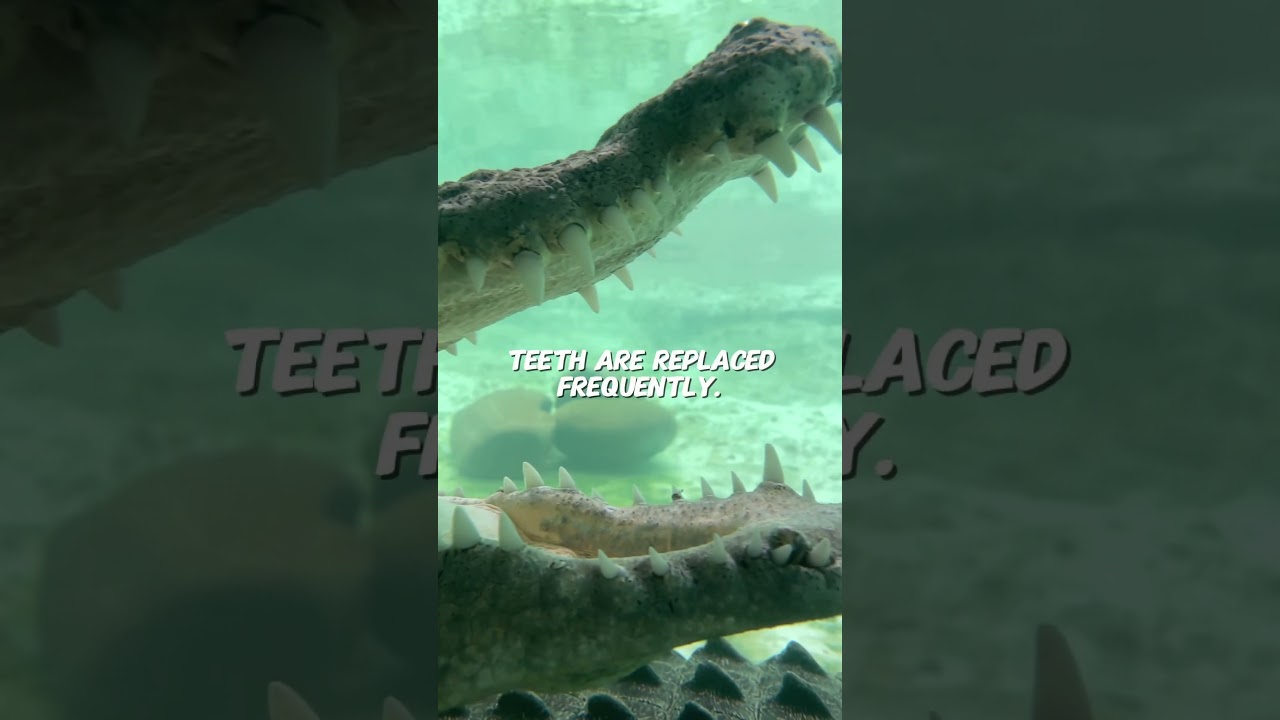- An exploration of the physical characteristics and adaptability of the Saltwater crocodile, specifically Sydney at St. Augustine.
- Detailed anatomy of crocodiles, focusing on different body systems and unique features.
- Insights into the evolutionary traits that enable their ecological success as apex predators.
- The role of zoos, like St. Augustine’s, in promoting wildlife education and conservation efforts for crocodiles.
- The importance of public awareness and conservation strategies to protect these remarkable reptiles.
Crocodiles are fascinating creatures that have thrived in a world of environmental change for millions of years. Among them, the Saltwater crocodile stands out due to its impressive size, adaptations, and survival prowess. At St. Augustine, a notable ambassador for this species is Sydney, a Saltwater crocodile who captivates visitors with her imposing presence. Her anatomy presents a living testament to evolutionary adaptation, shaping her into an apex predator perfectly suited to her environment.
Physical Characteristics and Adaptability
The Saltwater crocodile, scientifically known as Crocodylus porosus, possesses a formidable array of physical traits. Sydney exemplifies these with her elongated, muscular body, and armored skin. Saltwater crocodiles are the largest living reptiles, reaching lengths of up to 23 feet and weighing over 2,000 pounds. Sydney’s robust jaw allows her to exert extreme force, the strongest bite of any living animal, crushing prey with precision.
Her powerful tail, dense with muscle, serves as a crucial tool for swimming and self-defense, propelling her through water with silent stealth. The eyes and nostrils are positioned on top of her head, an adaptation that allows her to remain partially submerged while maintaining awareness of her surroundings. The back of her neck features bony ridges, adding a layer of defense against both adversaries and environmental challenges.
Detailed Anatomy of Crocodylians
Exploring the anatomy of a crocodile provides profound insight into the capabilities and adaptations that have ensured its survival. The skin of a Saltwater crocodile, like Sydney’s, is extraordinarily durable, embedded with osteoderms, or bony deposits, that offer protection and aid in thermoregulation. These reptiles possess a four-chambered heart, similar to birds and mammals, a feature that enhances their metabolic efficiency.
Their respiratory system is highly efficient, equipped with a unique unidirectional airflow that ensures maximum oxygen intake, allowing long periods underwater. Salt excretion glands, located near the tongue, permit them to live comfortably in saline environments, an adaptation unique to the Saltwater crocodile.
The brain of a crocodile, though small in proportion, is adept at processing complex sensory information. This allows for highly responsive predatory behavior. Furthermore, their digestive system is capable of breaking down a wide range of prey, a testament to their dietary adaptability. Capturing large prey is facilitated by double-hinged jaws, which work with powerful neck muscles to exert a near-perfect grip.
Evolutionary Traits and Ecological Success
Saltwater crocodiles have evolved over millions of years, resulting in features that have facilitated their role as apex predators. Their ancestors have been traced back over 240 million years, demonstrating a long lineage of survival through diverse climates and geographies.
The hunting strategies of Saltwater crocodiles, which rely on ambush and explosive power, are direct results of evolutionary pressures. Their ability to regulate buoyancy in water enables them to remain virtually invisible to potential prey. The heat-sensitive pits on their jaws allow them to detect temperature changes in their environment, adding to their hunting prowess.
Their reproductive strategy also contributes to their ecological success. Female Saltwater crocodiles lay eggs in nests on riverbanks or beaches, and they possess remarkable maternal instincts, vigilantly protecting their nests from predators. These traits not only promote survival but have helped them remain resilient in face of environmental challenges.
Zoos and Conservation
Zoos, like St. Augustine’s, play a pivotal role in wildlife conservation by promoting education and engaging the public in species preservation. Sydney, as an ambassador, serves as a crucial link between the public and the natural history of Saltwater crocodiles. Observing such a creature firsthand inspires awe and curiosity, sparking interest in conservation efforts.
Captive breeding programs contribute valuable knowledge and genetic diversity to efforts aimed at species survival. Educated zoo staff can provide in-depth information regarding crocodile biology, behavior, and the challenges faced in the wild. This knowledge is essential for devising and implementing effective conservation strategies.
Public Awareness and Conservation Efforts
Raising public awareness is key to the conservation of Saltwater crocodiles. Education about the species, their habitats, and threats they face—such as habitat loss, hunting, and climate change—supports a broader understanding of their ecological importance. St. Augustine Zoological Park is dedicated to spreading this message, aiming to foster a respectful relationship between humans and crocodiles.
Conservation efforts are not only directed towards the protection of existing populations but also towards the restoration of habitats and the establishment of sustainable human-wildlife interactions. Such initiatives may include habitat restoration programs, legal protections, and community engagement strategies. These measures ensure the long-term preservation of both Saltwater crocodiles and the ecosystems they inhabit.
Reflecting on Sydney, the Saltwater crocodile at St. Augustine, and her intricate anatomy, one gains an appreciation for the evolutionary marvels that these reptiles embody. Her presence underscores the need to protect and understand these ancient creatures, fostering a deeper respect for the astonishing biodiversity of our planet.
*****
Source Description


